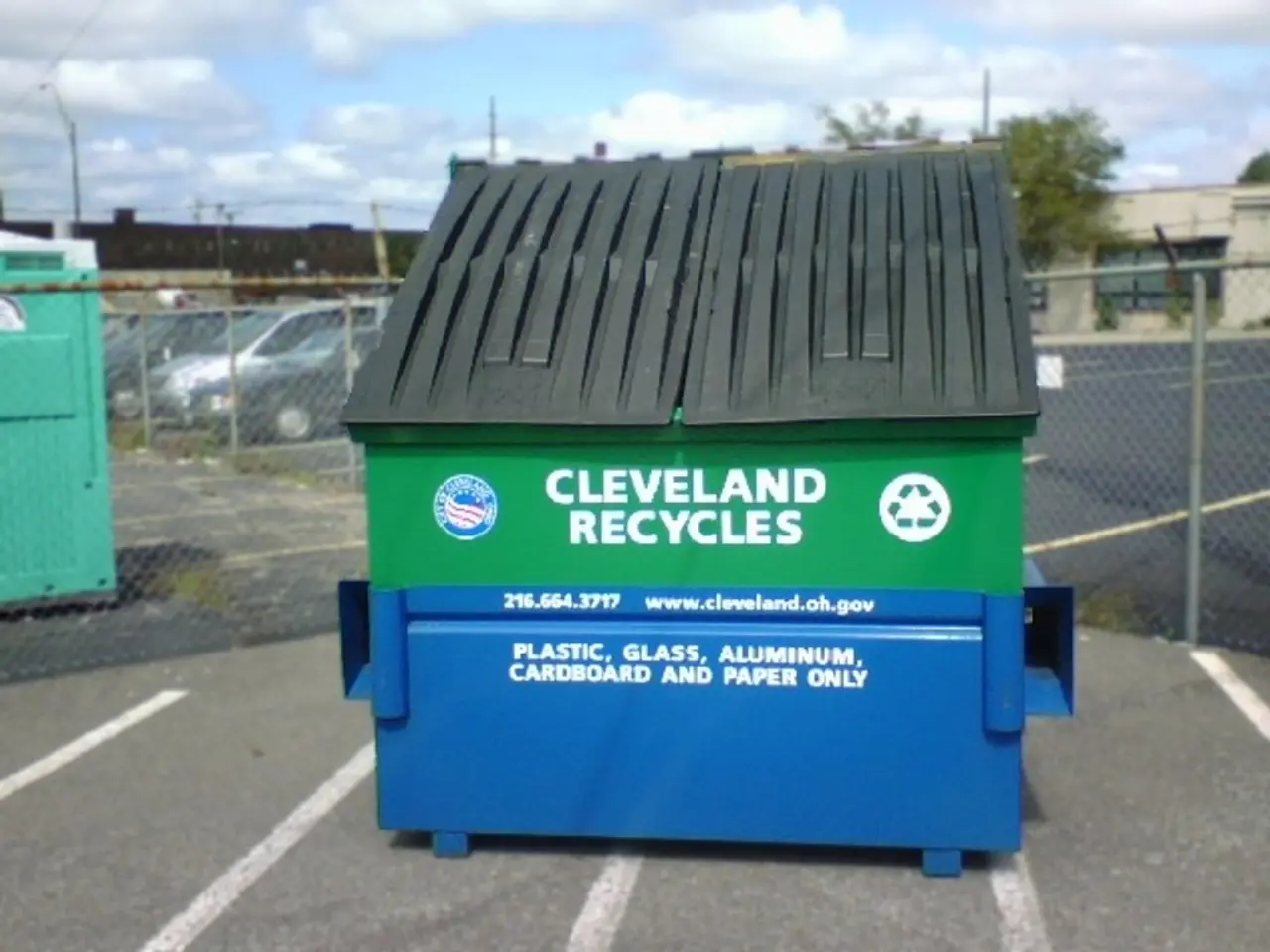Normod Carbon Launches $294M CO2 Hub at Port of Grenaa, Denmark
Normod Carbon has launched a $294 million project to build a CO2 hub at the Port of Grenaa, Denmark. This facility will serve as a central point for collecting, handling, and shipping captured CO2 from industries across Northern Europe, supporting Denmark's goal to reduce greenhouse gas emissions by 70% by 2030.
The hub, expected to be fully operational by 2030, will have the capacity to handle several million tonnes of CO2 per year. This is equivalent to the emissions of hundreds of thousands of cars. The project will unfold in phases, with the port's strong shipping and logistics infrastructure, easy access to industrial regions, and proximity to offshore CO2 storage areas making it an ideal location for climate change mitigation.
The EU views Carbon Capture and Storage (CCS) as a crucial tool for achieving net-zero emissions by 2050. The Grenaa hub will not only help Denmark meet its target of storing up to 13 million tonnes of CO2 annually by 2030 but also create new revenue streams by connecting directly to the growing carbon credit market. This will drive climate action while bringing economic benefits to the region, including hundreds of jobs and reduced ETS costs for local industries.
The CO2 hub at the Port of Grenaa is set to play a significant role in Denmark's and the EU's climate goals. With its appealing location, robust infrastructure, and strategic timing, the project is poised to make a substantial impact on reducing carbon dioxide emissions and driving economic growth.
Read also:
- Exploring Harry Potter's Lineage: Decoding the Enigma of His Half-Blood Ancestry
- Elon Musk Acquires 26,400 Megawatt Gas Turbines for Powering His AI Project, Overlooks Necessary Permits for Operation!
- Ontario terminates $100M Starlink agreement due to U.S. import taxes
- U Power's strategic collaborator UNEX EV has inked a Letter of Intent with Didi Mobility to deploy UOTTA(TM) battery-swapping electric vehicles in Mexico.








